Godzilla / Gojira (d. Gareth Edwards USA/Japan 2014)
Godzilla / Gojira (d. Gareth Edwards USA/Japan 2014)
Please read ‘On Reviews‘ for a guide to how I write film reviews. Any spoilers are appropriately marked and, though I personally prefer to know little about a film before seeing it, there is a synopsis at the bottom for any who wish to see one.
Introduction Part 1 – A Brief Historical Note
ゴジラ, romanised as Gojira is the original name given to what is now commonly known as Godzilla, King of the Monsters. This is largely due to the treatment of American imports of the Gojira series. What properly began with Gojira (d. Ishiro Honda Japan 1954) was edited into Godzilla, King of the Monsters (d. Ishiro Honda, Terry O. Morse USA/Japan 1956). The differences between them was such that they are now considered to be two different films. But it didn’t end with this film. The reasons behind this treatment of Japanese cinema are complex but root back to an event in history – Hiroshima, Nagasaki and the Japanese defeat in World War II. There is such a cultural divide between East and West that many people in the West have failed to grasp what it must feel like to have the Japanese perspective. A quick summary of events will never paint a true description of their perspective but hopefully it might help. (Many other books have tried, David Kalat’s Introduction to A Critical History and Filmography of Toho’s Godilla Series is a stunning example) Japan has been the only nation to suffer a Nuclear attack. To see an entire city laid to waste in a blink of an eye. Such destruction is rightly comparable to the Holocaust – what does it feel like to be Jewish? To some this comparison may be lost, but to further demonstrate this point, Japan was crippled by this event and had to look to America, their attackers, for support. Doing so meant, admitting that they deserved it and to allow their way of life to be critiqued. They could not criticise America and so Gojira was the perfect cathartic experience, allowing them to embrace their feeling of victimisation by an unstoppable force, whilst also being a hero. Gojira was a very serious horror film, but whose meaning was lost on America who felt it better to reduce the film to their own ‘Monster-on-the-loose’ films such as The Beast from 20,000 Fathoms (d. Eugène Lourié USA 1953), King Kong (d. Merian C. Cooper, Ernest B. Shoedsack USA 1933), 20 Million Miles to Earth (d. Nathan Juran USA 1957) Them! (d. Gordon Douglas USA 1954) or It Came From Beneath the Sea (d. Robert Gordon USA 1955). Some of these films are great but they just aren’t Gojira. America is always the hunter, never the victim. There is no huge threat inherent in the monsters even if they can be destructive. This misunderstanding continues throughout each and every Gojira import. This is important to bear in mind when considering any Kaiju Eiga (Giant Monster Movie) viewed in the West.
Introduction Part 2 – Recent Years
The Gojira fanbase steadily grew over the years, helped through the 28 films that the series has accumulated over those years. In the 1990s America took note and Godzilla (d. Roland Emmerich USA/Japan 1998) was made. Big Budget, special affects, cash in. The subject matter wasn’t properly considered and, though a lot could be said in criticism of Godzilla the biggest has to be the misunderstanding of Gojira’s character. Godzilla is closer to The Beast From 20,000 Fathoms than anything Toho did with Gojira. The fans were angry. Recently this fanbase has become more recognised and films like Pacific Rim (d. Guillermo del Toro USA 2013) (Review Here) feel far more respectable even if still missing the Anti-Nuclear message inherent in Kaiju Eiga. However, America tries again on Gojira’s 60th Birthday. Understanding this key history is important to the consideration of Godzilla (2014). If nothing else it is important to any Gojira fan, who at times may be desperate to stress this history. (For the Gojira fanbase it is embarrassing that many people only remember Godzilla (1998) and know nothing of the originals) I’d also like to note that, after seeing this film in both 2D and 3D, the differences are marginal.
The Monster
Failure one in Godzilla (1998): how it looks and behaves. This has meant that amongst the fans and the films to follow it has been regarded merely as Zilla and not Godzilla or Gojira. It acted like a frightened animal and looked barely anything like its source material and even omitted the Atomic Breath. The Atomic Breath being an important part of the Nuclear Weapon metaphor – many victims would report a bright light similar to Gojira’s breath. Gojira is destructive and unstoppable – as is an Atom Bomb. There is an air of realism to the Godzilla (2014) but ultimately Godzilla is bigger and somewhat oblivious to us. We are just like Ants. Heroic acts – such as blocking missile fire – are coincidental. Godzilla is just hunting the MUTOs, who are actually not that evil despite causing peril. In this way he is not deliberately destructive but is certainly unstoppable. Theoretically Godzilla still has the destruction and unstoppable nature that he is meant to have, but that is seldom demonstrated. In the Kaiju Eiga the Kaiju can be considered symbolic of nations that surround and cause danger to Japan. Thus their screen time and power is important. However, Gareth Edwards pays homage to Jaws (d. Steven Spielberg USA 1975) with Godzilla. Is his screen time too little? The fun inherent in films like Destroy All Monsters/Kaiju Shoshingeki (d. Honda Japan 1968), Godzilla Vs Destoroyah/Gojira vs Desutoroia (d. Takao Okawara Japan 1995) and Godzilla: Final Wars/Gojira: Fainaru Uozu (d. Ryûhei Kitamura Japan/Australia/USA/China 2004) is the screen time devoted to the Kaiju. In the artists design, the Godzilla is a lot more faithful, keeping him to the lumbering beast that has the Atomic Breath that is key to his character. Is this all that Gojira or Godzilla needs to be?
The People
So that was Godzilla or Gojira, what about the cast? Some of the major characters in this film help bring Godzilla back to the original Gojira in terms of horror and destruction. Natural disasters are shown and their strife is communicated through major characters and their own struggles with the events. This is an important concept, especially when bringing Godzilla or Gojira back to his destructive routes. The peril is helped by a family dynamic of Father and Son that recalls many Steven Spielberg films such as Jurassic Park (d. Spielberg USA 1993) – a big influence on the film (though not on the screen time of Godzilla or Gojira oddly enough). There is nothing inherently bad with this concept and many of the actors perform well to their roles whilst others are either given too much screen time or too less. More traditional Kaiju Eiga characters such as those represented by Dr. Ishiro (a nod to Ishiro Honda in name) Serizawa (Ken Watanabe) and Vivenne Graham (Sally Hawkins) keep the film well rooted but aren’t always given proper screen time.
Conclusion
This is a far more respectable film than Godzilla (1998) and shows limited understanding of the subject matter. New concepts abound and with some stunning moments and visuals, this is a very entertaining take on Godzilla. However, the obsession with Steven Spielberg’s works feels, at times, strange. Why wasn’t more focus placed upon the Japanese cannon? A 28 film series and with many other related kaiju Eiga. Mothra/Mosura has four of her own outside of Godzilla/Gojira, Gamera has twelve and then there’s Rodan/Sora no Daikaiju Radon (d. Honda Japan 1956), Varan the Unbelievable/Daikaiju Baran (d. Honda Japan 1958) and King Kong Escapes/Kingu Kongu no Gyakushu (d. Honda Japan/USA 1967) to name a few. With all the films merits and for the fact that fans finally can say they have a respectable American take on Gojira/Godzilla, it is a shame that more notice wasn’t paid to the kaiju eiga genre. The biggest issue with the film falls in its over reliance on characters and under reliance on its Monster Star.
Synopsis
There were once monsters that sought Nuclear energy as a food source, they burrowed into the earth to seek this energy when it started to subside. In more recent times they started to appear again. MUTOs are responsible for a disaster at a Nuclear Plant that devastates the Brody family. But soon they find themselves stuck with the destruction of the MUTOs as they attempt to breed. However, Gojira appears to restore the balance and to hunt the MUTOs as the alpha predator.
Further Reading
Interview with the Cast and Crew
Gojira in the Defence of Kaiju Cinema
How many things can Godzilla destroy in 10 minutes?
Making of Gojira tai kingu Gidora
Behind the Scenes of Gojira tai Supesugojira part 1
Behind the Scenes of Gojira tai Supesugojira part 2

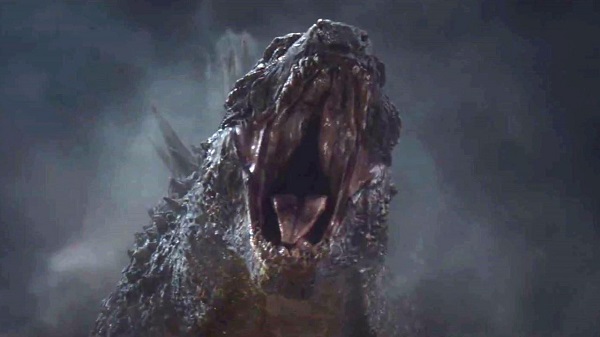

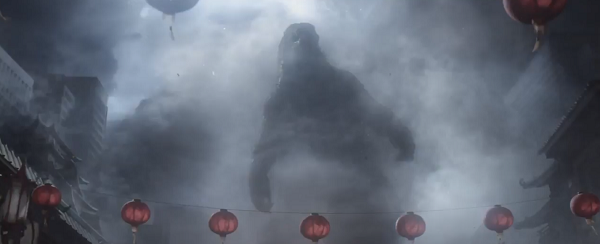
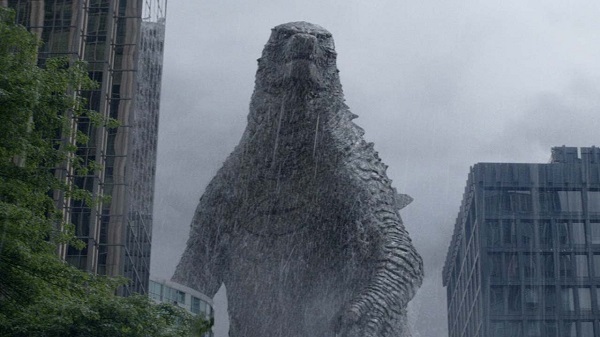
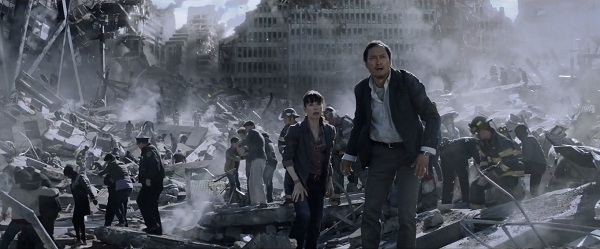
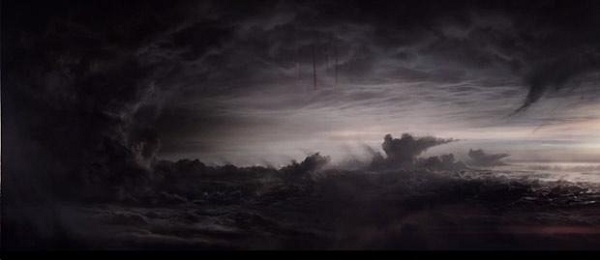

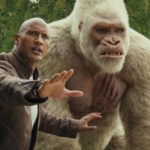



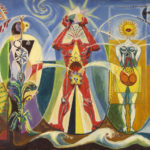
Leave a Reply